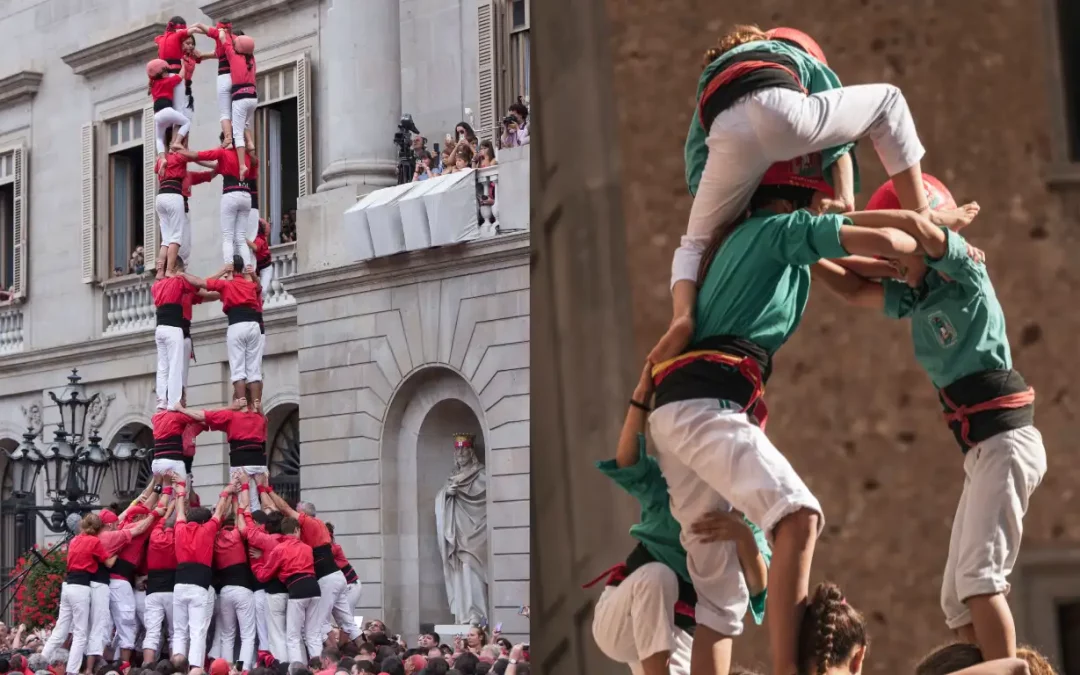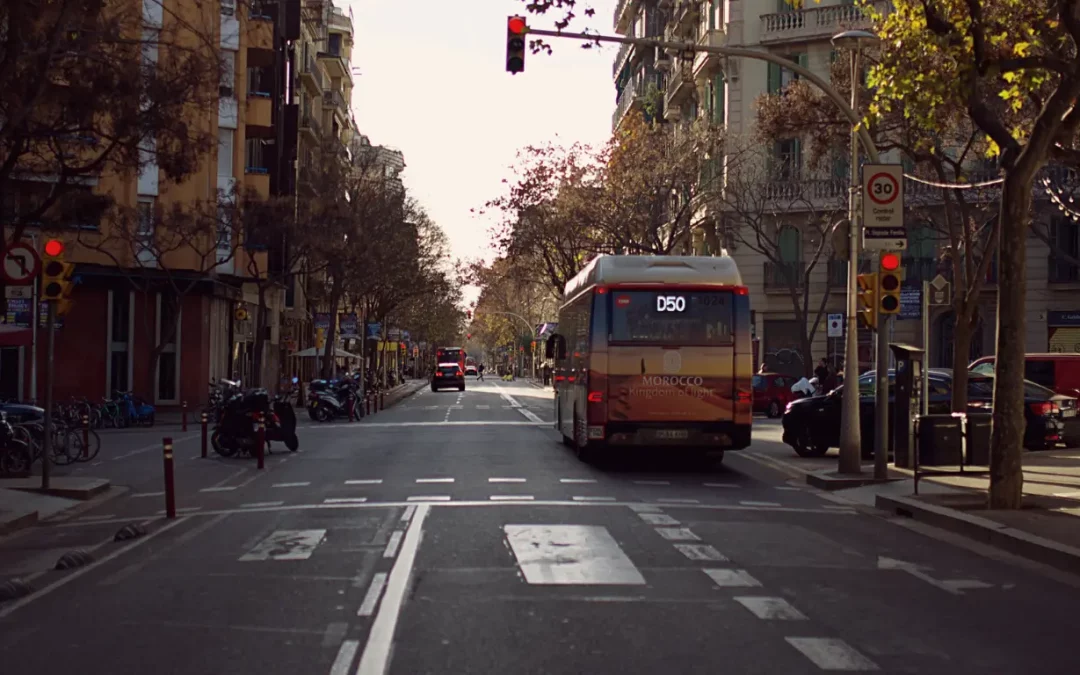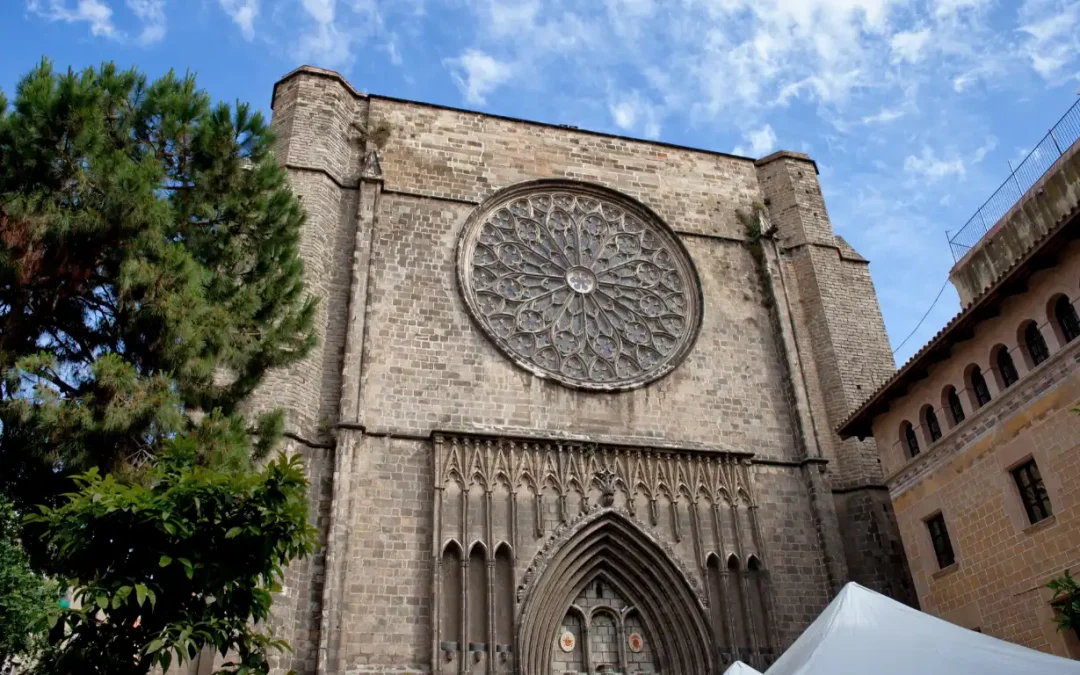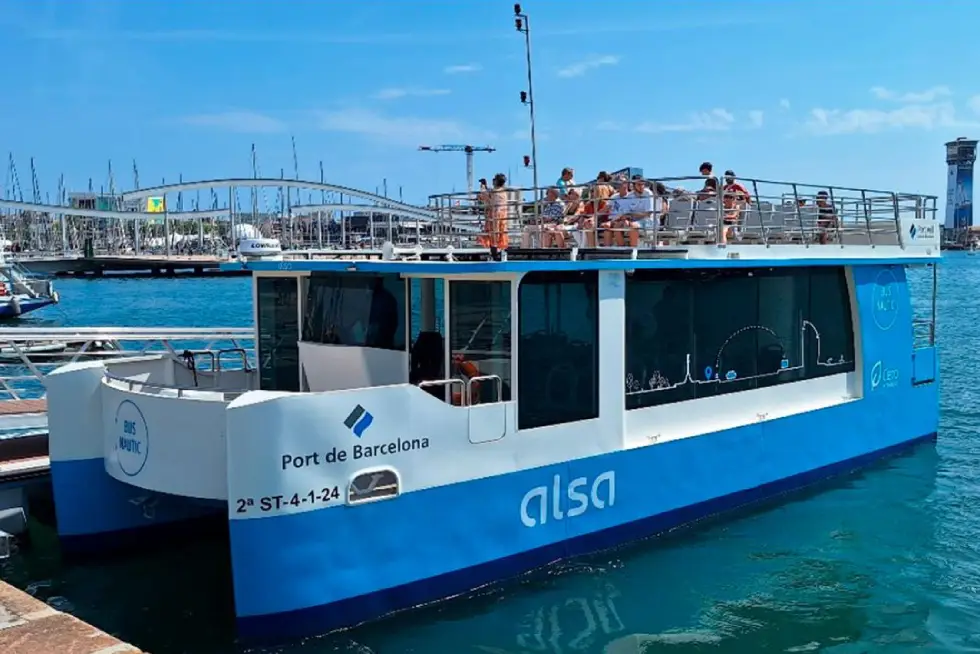It is hard to imagine the essence of Barcelona without considering La Rambla, one of the most emblematic spots in the city. The popular street crosses from Plaza Cataluña to the old port area, crossing emblematic sites such as the Canaletas fountain, the Gran Teatre del Liceu or the Columbus statue.
In this post we want you to discover its fascinating history through some interesting facts. If you are a passionate about Barcelona, don’t miss it!
The 6 Ramblas
La Rambla, also known as Las Ramblas, apart from being one of the busiest streets in the world, is divided into 6 parts: Canaletas, Estudios (Rambla de los pájaros), Sant Josep (Rambla de las Flores), Capuchinos (Rambla del Centro), Rambla de Santa Mónica and Rambla del Mar.
In its 1.3 km long, the different parts that form La Rambla have their own history, and serve to give an idea of the growth of the city since the street was built in 1766.
Sitting on La Rambla has a Price
On the Canaletas segment, from the mid-19th century to 2000, if you wanted to sit down, it was required to arrange it with the Barcelona City Council. It was the city council that managed the concessions to install chairs.
Although at first sitting on Barcelona’s busiest avenue was monopolised by the upper bourgeoisie, gradually the working classes took over.
Nowadays, both tourists and locals can sit on the different benches that have been installed along the avenue.
The fire at the Gran Teatre del Liceu
Twenty-six years ago, one of the saddest events in the history of La Rambla de Barcelona took place. During the renovation work on the iron curtain in the main hall of the Gran Teatre del Liceu, the sparks caused by a blowtorch started a fire that burned the entire building to ashes in less than three hours. Despite the difficulties involved in rebuilding the theatre, due to the high cost of the work and its complicated management, the collaboration between private and public entities finally made it possible to open the theatre in 1999.
Remains in the car park
For several centuries, Barcelona was surrounded by a medieval wall. From the 11th century onwards, the city began to expand beyond that fortification. At that time, small urban centres were appearing in the vicinity of the capital.
In 1285, Pere II el Gran ordered the construction of a second wall to protect the new villages surrounding Barcelona. Very few remains of the second wall ordered by the successor to Alphonse III remain today. One of them is located on the access ramp to a car park situated very close to the monument to Pitarra. The fact that La Rambla marked the boundary of Barcelona from the 13th century onwards, allows us to understand why this fragment of its history is still hidden underground.
We hope that these interesting facts about La Rambla de Barcelona have helped you to discover some details of its fascinating history. At Hotel Arc La Rambla we are passionate about our city and for that reason, we invite you to follow our blog to continue exploring its secrets with us.














